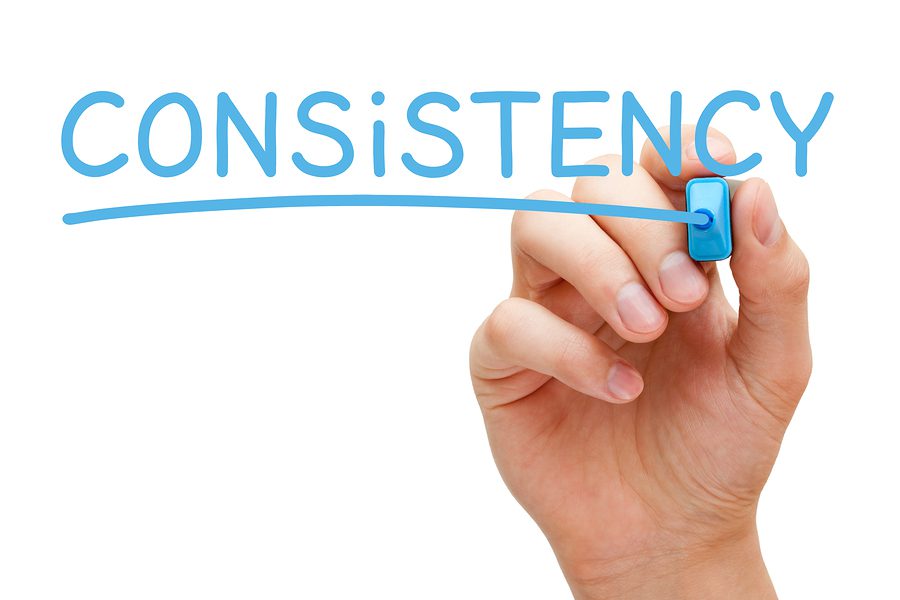Ups and downs. Ebbs and flows. Good days and bad days. We have them all because we are all human.
- The problem is, our best days might be our customer’s worst – and vice versa. That’s why consistency in the delivery of the experience has to be of primary importance for all of us.
However, it’s also one of the more challenging aspects in creating distinction.
When we hear about the consistency of any organization, we’re frequently talking about their product. “A Big Mac is a Big Mac wherever you are,” is an oft-cited example. Regardless of where you are in the world – with the exception of left or right-side drive – most models of a particular brand of car are identical to their counterparts in other nations.
When we tell stories about the customer experience, we often use over-the-top, ridiculously amazing and unique occurrences about how some frontline employee moved heaven and earth to help a customer. We seldom use an example about the experience an average customer receives on the typical encounter.
In my latest book, “ICONIC,” I discuss my research that customers evaluate you and your organization based on only two criteria: promise and performance. It simply asks:
- What does the customer perceive you have promised them you’ll do?
- How does the customer perceive you have delivered on the promise you’ve made?
If you make high promises and deliver a high level of performance, you fit into the “Disruptor” category. Think about those disruptive organizations who have received significant acclaim in the marketplace. They’ve made high promises – yet, they’re often recognized for delivering on those promises on a consistent basis.
To cite an overused example, Uber’s promise was pretty remarkable on its launch – get from point to point with an app on your smartphone. You’d see who was picking you up, how they’d been evaluated by other passengers, what their license plate was and more. While we’ve all probably had a time or two that our Uber experience wasn’t what we desired, overall, they have performed on their promise with remarkable consistency.
When you perform with this high level of consistency, customers tend to blame individual team members for errors – when your consistency isn’t there, customers tend to blame the organization for errors.
Check out social media posts if you aren’t sure that statement is accurate. For example, I’ve noticed that if someone has a poor experience on American Airlines, they tweet their disgust with the airline. If someone has an inferior experience on Southwest Airlines, they suggest that the gate agent must be having a bad day.
This also means that if there’s an extraordinary story about a flight attendant on American, we tend to discount organizational commitment to the customer. Instead, we think, “Wow, she’s really terrific.” If it’s the same story about a flight attendant on Southwest, we tend to think, “Wow, they’re a great airline and awesome culture.”
In other words, consistent performance builds your organization a reservoir of goodwill with customers.
If you’re looking to enhance your reservoir, focus less on extraordinary events that are outliers…and focus more on consistent performance that delivers on your promises to customers…no matter if you or your team members are having a good or bad day.



